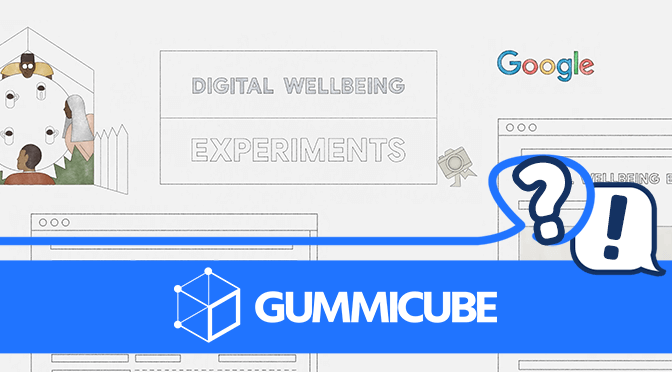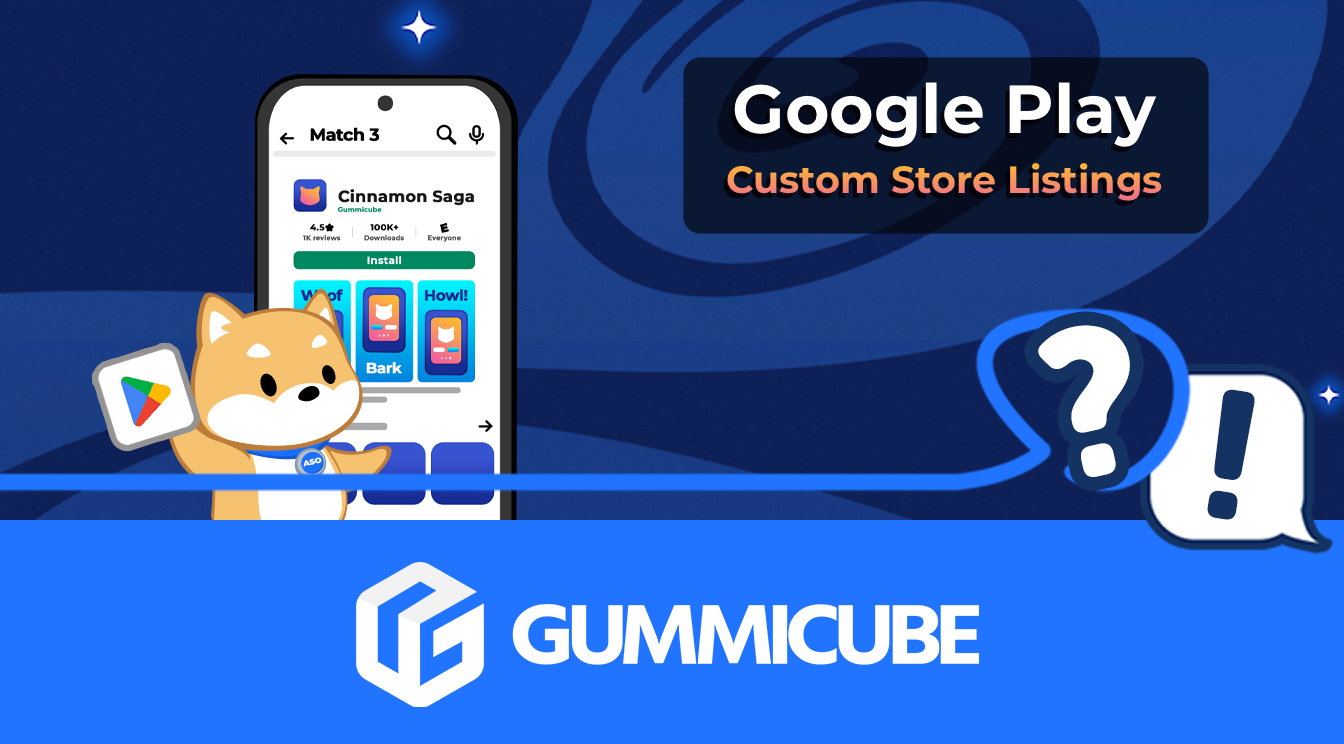
Unlock App Rewards with Google Play Points
Posted on August 29th, 2025
Google Play's latest Points update highlights evolving user engagement. Learn how app developers can use to stay visible in a shifting marketplace.

Following the Android Dev Summit, Google has revealed five new experimental apps, along with instructions on how to design similar ones, to demonstrate how apps can be used to assist with mental well-being in a digital era. Called the Digital Wellbeing Experiments, Google is providing open code and a “Hack Pack” for developers to design their own apps to “help people find a better balance with technology.” As developers work with the experiments or compete with their own wellbeing apps, they should understand how App Store Optimization can help their success.
To demonstrate the Digital Wellbeing Experiments, Google has designed and released five new apps. These include:
In addition to these, Google also showcased Paper Phone, which lets users print images from the apps they’ll need (such as recipes, notepads and contacts) to refer to rather than needing to open their phones.
Developers are encouraged to design their own Digital Wellbeing apps and submit their experiments to Google. In this case, “Digital Wellbeing” refers to apps that “help people find a better balance with technology” by reducing device usage and reliance.
These Digital Wellbeing Experiments are all good examples of how apps can be used to help people when they need to manage phone addiction or control their device usage. There are currently several apps on the market designed to do that, such as screentime limits or parental control apps.
For both existing digital wellbeing apps and new ones, App Store Optimization is important. No matter how much an app can help users manage their device usage, they need to be able to find and understand the app first.
For instance, developers of wellbeing apps should understand if users are searching more for “phone addiction,” “screen addiction” or “device addiction.” That will help determine what keywords to target in their metadata and creatives. Keyword optimization is a big step in optimizing an app for discoverability in search, where 70% of app downloads come from.
Developers should also research the competition to see what designs appeal to users. Assess what competitors use and the designs used for Google’s Digital Wellbeing apps, in order to let users instantly know that yours serves a similar purpose. Apps that are designed to help users might want to rely on softer colors, such as the lighter shades of green Forest uses in its creative set. It’s important to see what visual aspects signal to users how the app will help them.
As an example, Google’s We Flip app features a video that describes how the app works. It uses a charming piano tune in the background, while animated characters use the app and a narrator explains how it works. Developers can research other apps that use screentime features to see if they have similar videos, or if this is an outlier.
Perhaps most importantly: apps that want to compete, especially with Google’s own apps, should use ASO to highlight what makes them different.
Google’s Post Box app, for instance, is designed to hold notifications until a time that suits users. There are other apps on the market that do similar things, such as Notification Blocker or Best Notification. Developers of these apps, or any other notification-focused app, should see what their apps can provide that Post Box cannot and emphasize those. Does an app let users choose what notifications are blocked and what get through instantly? Can it provide customized notification bubbles?
The app page can highlight these differences in the description and screenshots to show users why it’s a viable alternative to Google’s offering. Developers should try Google’s apps and see what they can to do make their apps provide all of what Google’s do and more - in fact, Google is encouraging this.
If a developer designs a new wellbeing app with Google’s APIs, they’ll want to pre-optimize to launch strong. By researching relevant wellness keywords and designing the app’s page following ASO best practices, the developer can increase their chances of the app starting off on the right foot and begin indexing for keywords immediately.
Google’s Digital Wellbeing Experiments are designed to help developers create apps that can help people. If they want the apps to reach users and provide the most good, they’ll need to optimize. If your app already does what Google’s new apps do, you’ll want to find ways to improve on the functionality. Research relevant terms to target, see what Google’s doing and how you can improve and make sure your app is designed to be even more compelling than Google’s for your demographic.
Want more information regarding App Store Optimization? Contact Gummicube and we’ll help get your strategy started.

Google Play's latest Points update highlights evolving user engagement. Learn how app developers can use to stay visible in a shifting marketplace.

Have you received a WhatsApp message, LinkedIn message, or a message from another messaging app offering a remote work opportunity by an individual claiming to be affiliated with Gummicube?

Keyword targeting has arrived to Google's Custom Store Listings, opening up opportunities for more granular audience targeting and even more personalized experiences. Learn how you can use them to your advantage!